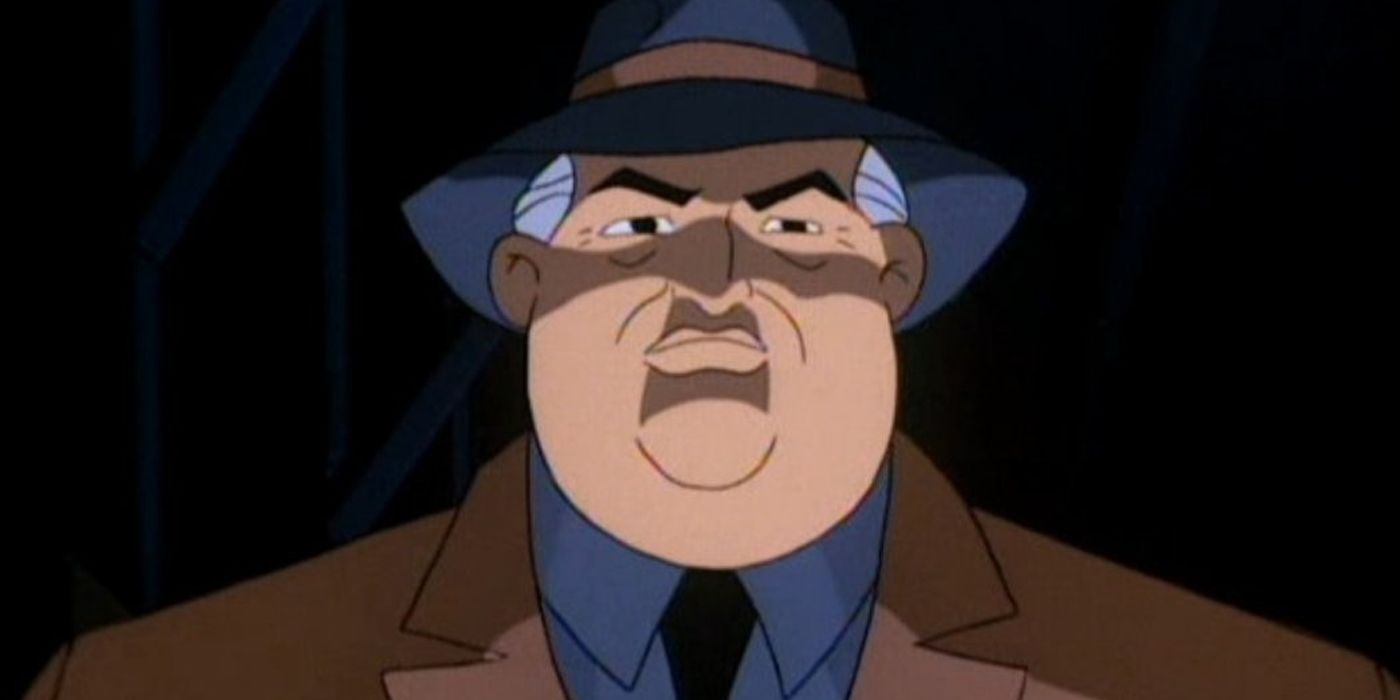While organized crime throughout Gotham City has largely given way to the more garish, infamous supervillains populating the DC Universe city, the home of Batman still has a thriving mobster community lurking around the criminal underworld. Batman: The Animated Series established Rupert Thorne as the city's most prominent mob boss, and he appeared throughout the first three seasons and helping cause Harvey Dent's transformation into the villainous Two-Face. However, Thorne never reached the same level of prominence and notoriety in the comic books, with other mobsters filling the role of Gotham's own Kingpin of Crime.
Created by Steve Englehart and Walter Simonson in 1977's Detective Comics #469, Thorne was originally depicted as a corrupt city politician that repeatedly antagonized Batman over the course of Englehart's acclaimed run. Thorne has city councilors denounce the Dark Knight as an outlaw, pitting the police against him as Thorne attempts to expand his control of the city in a failed bid to be elected mayor. While all of this is happening, Thorne also approaches Hugo Strange about learning Batman's true identity before deducing the Caped Crusader's identity himself after acquiring photos of Bruce Wayne making an impromptu costume change. While Thorne hired Deadshot to kill Batman, he was thwarted while a vengeful Strange faked his own death and drove Thorne insane leading to his eventual incarceration.
This incarceration would hold for the remainder of the character's comic book history, leading other mob bosses to fill the void left behind. Frank Miller and David Mazzucchelli would create Carmine Falcone as the city's biggest crime lord, with the Falcone family playing a pivotal role in Year One and other stories set during Bruce's early period as Batman, including The Long Halloween and Dark Victory. Penguin would similarly be reimagined as less of a colorful supervillain and more of a mob boss in his own right, running his criminal enterprise out of his nightclub the Iceberg Lounge while retaining his odd fixation for birds and umbrellas.
Thorne would make a brief return in the comics, decades after his last appearance during Englehart's run. In 2007's Detective Comics #825 by Royal McGraw, Marco Marz and Luciana del Negro, Thorne is depicted as still beomg locked up in Blackgate Penitentiary, where is he menaced by Doctor Phosphorus. Phosphorus blamed Thorne for his monstrous physical transformation for years, going as far as to blackmail the corrupt politician while he was serving as a city councilor before Thorne's eventual incarceration. He attempted to murder Thorne, but Batman saved his old enemy by dousing Phosphorus in baking soda before having him remanded to Arkham Asylum. This would become Thorne's last major comic book appearance to date, and it is unclear if the villain was still aware of Batman's true identity in the post-Infinite Crisis DCU.
On The Animated Series, Thorne was a villain who seemed to constantly elude criminal conviction but always had his more ambitious plans thwarted by Batman, with the Dark Knight even beating Thorne senseless himself on one notable occasion. Between himself and the sinister businessman Roland Daggett, Thorne represented the civilian villains that the Caped Crusader would face across the acclaimed series but never really broke out into wider prominence after the Englehart run, much like Batman's romantic interest in that run -- Silver St. Cloud, who only appeared sporadically following Englehart's run.
Of all the comic book mobsters in the DCU, Thorne has constantly been overshadowed by the Falcones and the Penguin, especially in the wake of the Falcone family's prominence in the 2005 film Batman Begins and Gotham television series. Gotham only has a handful of traditional mobsters vying for the position as the city's ruling crime lord but, ultimately, Rupert Thorne hasn't been a serious contender for that title outside of the DC Animated Universe.



